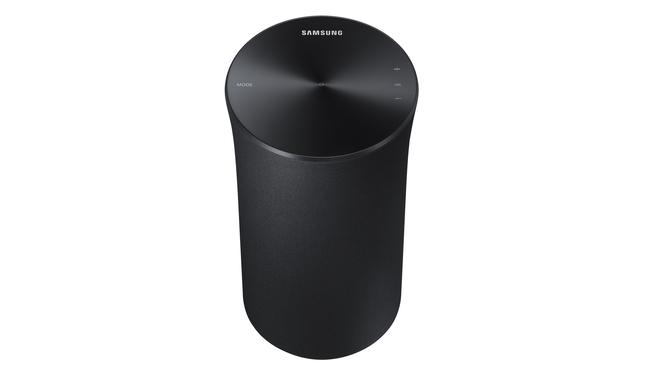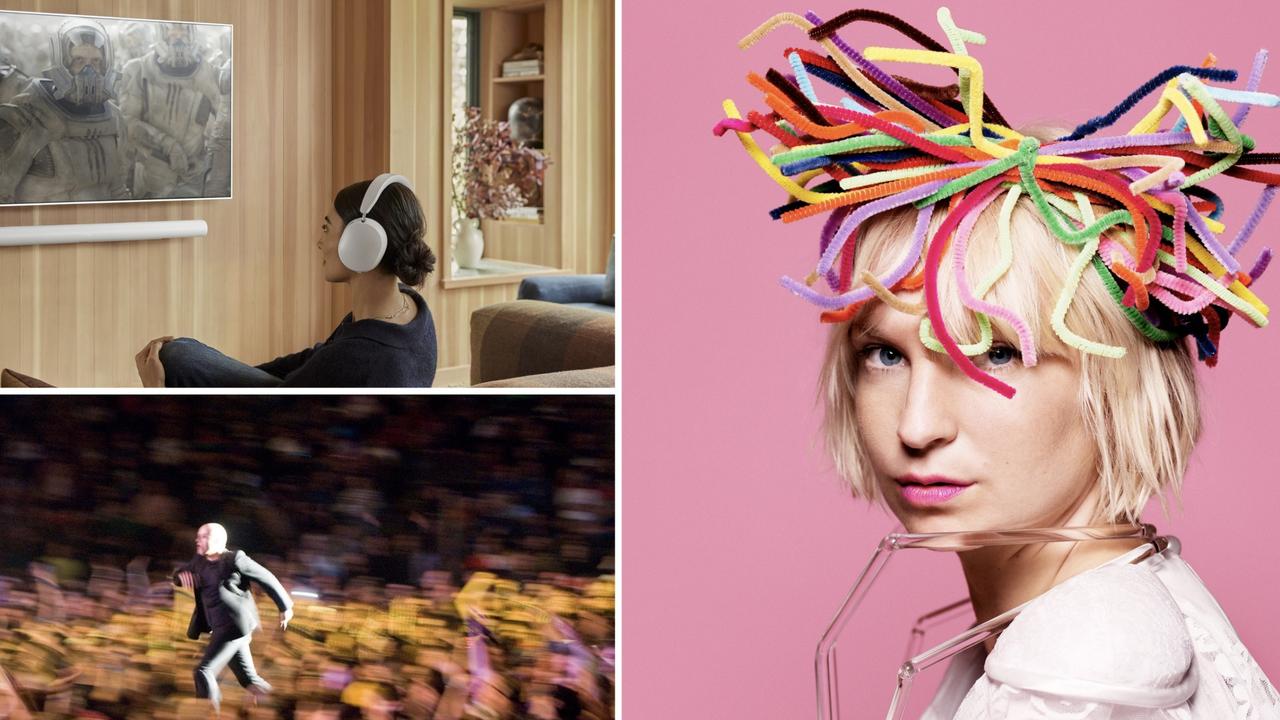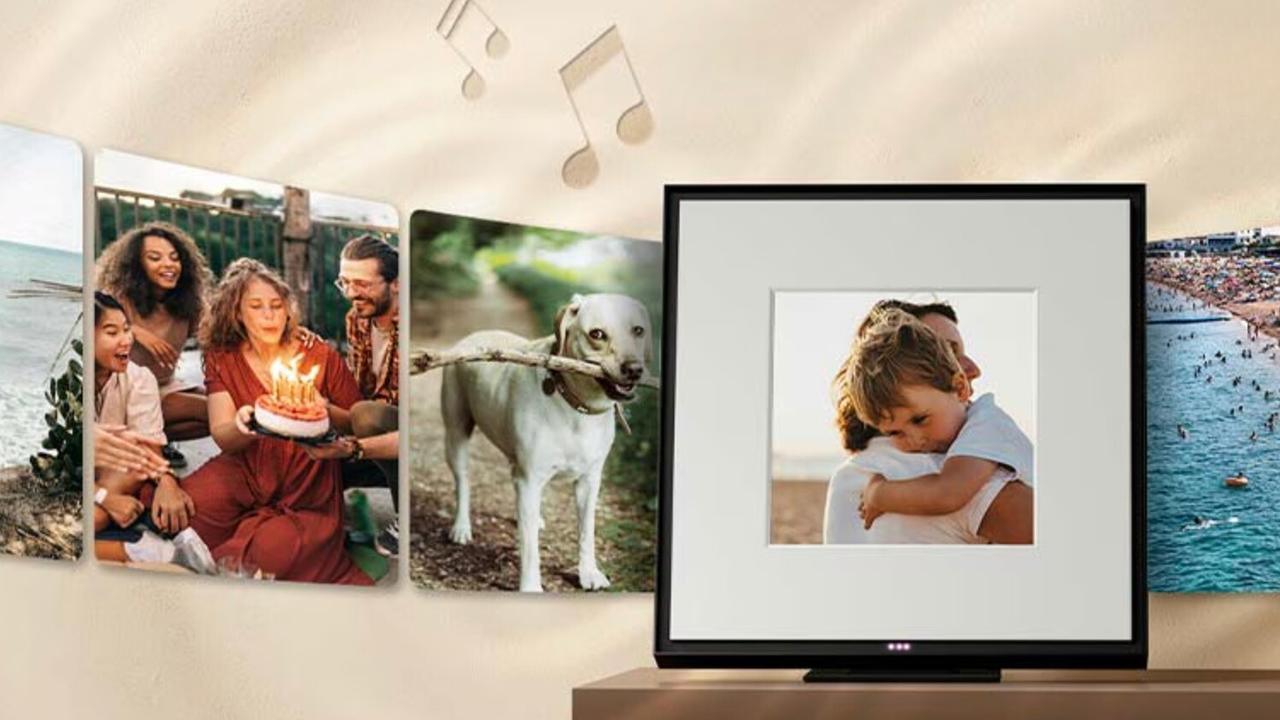Inside Samsung’s US audio lab: the phone giant makes a sound investment in TVs, speakers
Samsung leads the smartphone race but streaming audio belongs to Sonos. We tour Samsung’s US audio lab to check its new sound investment.

SAMSUNG is the world’s top smartphone seller, the world’s leading TV maker, and it makes more LCD panels than any other firm.
But the technology giant is yet to make itself heard in audio.
Audiophiles are typically tied to high-end brands translating valves and cones into crisp modern speakers, while more modest music lovers are being wooed by simple streaming audio, cutting-edge design, or noise-cancellation technology.
FIVE SPEAKERS: The best audio gadgets reviewed
SOUNDS RIGHT: Five ways to tune out the world
Samsung admits audio is an area it has often overlooked, hidden beneath ever-growing TV screens and rarely prioritised in smartphones.
To improve its sound and truly compete, the South Korean firm has invested in a stand-alone audio research facility.

Samsung’s US Audio Lab is hidden at the back of a nondescript business park in Santa Clarita, an hour outside Los Angeles.
It’s surrounded by barren hills, high-voltage power lines and, tellingly, film and television studios.
Its first employee began work almost two years ago, and staff numbers have now swelled to 15, counting engineers, researchers, and technicians with three PhDs and five Masters degrees between them.
Many have professional audio backgrounds, some play in bands, and all played a part in choosing posters that line the Lab’s walls, ensuring everyone from Radiohead and the Foo Fighters to Blondie and David Bowie are represented.
The team is headed by Allan Devantier, a veteran audio engineer from Harman Kardon and Infinity, and a man who admits Samsung’s sound turnaround will not be instantaneous.
“We’re coming from a disadvantage right now and we can only change that with time,” he says.
Devantier began building the Lab’s team in October 2013, and had secured its location by January last year.

It wasn’t established enough to provide input on Samsung’s first multi-room speaker last year, the M7, but has since weighed in on its two subsequent models, and issued an update to Samsung's built-in TV speakers.
But the first product on which the Lab takes “a leadership role,” the upright, egg-shaped R7 speaker, will arrive in Australia this month.
Its second speaker, a more affordable, streaming, cone-shaped music-maker called the R5, will be revealed at the Berlin technology tradeshow, IFA, later this week.
The R5 is designed to stream music from smartphones and tablets, will feature ring radiator sound technology, and can be controlled from Samsung’s upcoming smartwatch.
The speaker’s development and testing process was intensive despite the Lab’s small workforce.
Engineers spitballed design ideas but relied on computer modelling, prototypes, and objective sound tests before pitching their ideas to Samsung’s design teams.
Following “objective testing” — mapping the speakers’ sound output — Lab researchers test products with “trained listeners” who rate their sound output alongside competing speakers.
Samsung US Sound Lab subjective research head Elizabeth McMullin says testing its products on humans can change the audio products they release.
“Eighty-five per cent of the time we can predict outcomes from objective measurements but there are still exceptions,” she says.
For example, the Lab changed Samsung’s R7 speaker before its release based on these tests, she says. After critical feedback, McMullin held a second series of tests allowing trained listeners to change its treble setting. Samsung changed the equaliser setting on the final speaker to reflect the listeners’ consensus.

The Lab’s objective sound-testing facilities are more impressive to the eye, however.
Samsung has now established two anechoic chambers in the US Lab at a cost of almost $US500,000.
One room is covered on all sides with 1.2m long foam wedges, all of them covered in mesh to keep it in place. A microphone is raised and lowered to test speakers from many angles.
Clap your hands inside this chamber, and the lack of reverberation is seriously off-putting.
The second chamber is an even more unusual setup. It’s a small, foam-filled room with an arc of 15 microphones on one side and a door on the other on to which a TV can be mounted. Samsung says it’s the only TV audio testing room of its kind, and it’s designed to test TVs up to 85 inches in size.
Technicians attach TVs on the chamber’s door to simulate mounting them on loungeroom walls. The same can be done for speakers.
Devantier says the Lab’s input in TV and speaker design will increase as a result of this chamber, with changes apparent just next year.

“The 2015 TVs, we helped out with them,” he says. “With the new products for next year, we are actively involved with everything. Pretty much everything this group will touch in some way.”
Samsung Australia audio visual manager Brad Wright said the Lab’s reach would also extend to surround-sound speaker systems and to soundbars which were gaining popularity.
“At the end of the day, we’re putting together technology here that thousands of Australians will be putting in their homes over the next few years,” Wright says.
Devantier admits it may be some time before Samsung’s growing expertise is recognised by consumers, but he says it’s a sound investment.
“This lab compares favourably to any other audio company,” he says. “There are only three or four comparable companies in the world. In other areas, we are unique because we are a stand-alone facility. We’re not tacked on to a factory.
“Hopefully it will start translating into a reputation for good sound over the next couple of years.”
Jennifer Dudley-Nicholson travelled to the US as a guest of Samsung.




